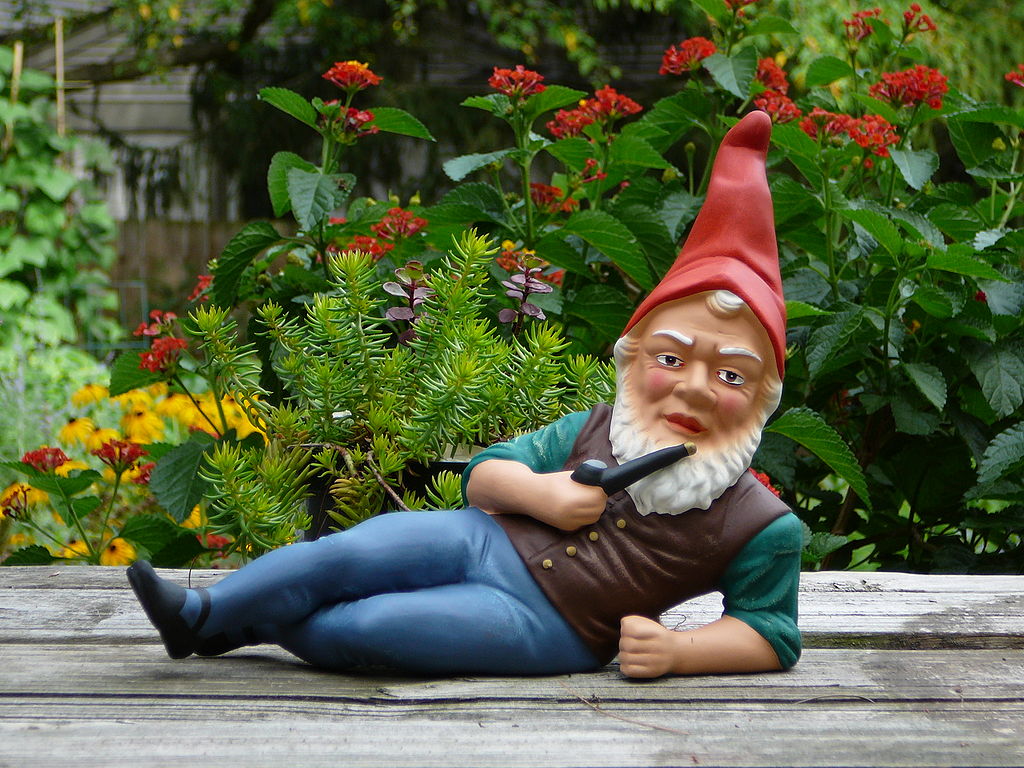AI Creates Kitsch, Not Art
And it’s the perfect tool for the jobIf you believe all you read, AI is once again nipping at the heels of our humanity, this time by “creating” music all on its own (lyrics included). Soon we must submit to our “robot overlords.”
Or not.
The achievement celebrated at Digital Music News is, as so often, less than heralded and does not portend AI overtaking humanity. It mainly shows that few engineers understand art and even fewer artists understand engineering. Both look at (or listen to) the “work” and see more than is present. And both are wrong.
Good, creative art is, as a philosopher notes, distinguishable from kitsch:
One is the fact that kitsch is immediately recognizable. The ‘yuk’ feeling is there on the canvas, on the screen, in the notes, in the words… You seldom if ever have the question, whether this is kitsch or not. If you think it might be, then it is.
Roger Scruton, “A fine line between art and kitsch” at Forbes

He offers the plastic garden gnome in evidence.
But kitsch still sells. Why? Because we’re untrained.
I am a pianist. (I also played brass for a number of years, worked as a music director for a radio station, and have mixed sound for bands.) My current interest is jazz. To play jazz, I need to know jazz. To know jazz requires that I train myself to hear and think like a jazz musician. That requires immersion in jazz. But immersion alone will not train my ear. I need—as do painters and poets—someone who can steer me away from jazz kitsch (uh, Kenny G., anyone?) toward good jazz. Even after all that, creating jazz will require much more than mere repetition or re-blending. Of all types of music, jazz is least likely to be regurgitation.
The problem is that AI (at least the current suite of machine learning AI) is, basically, efficient regurgitation. Consider how an AI system recognizes cat pictures, for example. It shears off the detail of the training data, often honing in on obscure aspects, and then “recognizes” the target photo if, after similar shearing, it aligns with the remnants of the training data. This is why adversarial images work: They “fool” the system by subtly affecting the detail it keeps of the target, causing a mismatch. For example, rotating an object can cause the system to mistake a schoolbus for a snowplow, a garbage truck, or a punching bag. That is because there is no underlying thought process involved.
Here’s my point: Art is extrapolation. Creating art begins by fully absorbing what makes art good and then extrapolating outward. AI selectively absorbs and “creates” by remixing what’s left. Thus AI is the perfect kitsch creator.
There’s nothing wrong with kitsch. We all need calming noise to fill our time in elevators. AI will do just fine creating it. But calling that type of thing art says more about our untrained senses than it does of the AI’s capabilities. Bach wannabes need not worry.
Note: The German garden gnome above is courtesy Colibri1968 at English Wikipedia, Public Domain
See also: AI Hype: AI Can Write Novels and Screenplays Better than the Pros! (Robert Marks)
Does AI spell the end of the artist’s way of life?
and
A philosopher explains why machines are not creative Creativity does not follow computational rules
